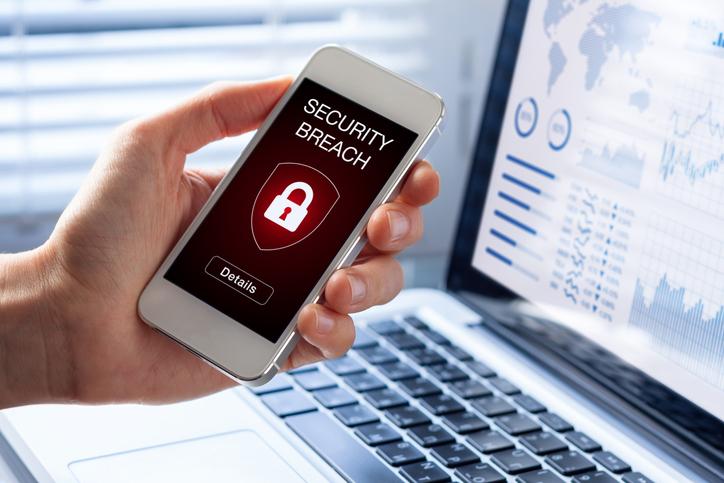Protecting Your Company’s Data from Breach
Cybersecurity is a term on everyone’s radar, and for good reason. With new data breaches reported almost daily, the need to protect both proprietary data and personally identifiable information is great.
It may feel overwhelming, but with careful research, most managers can put a plan in place to greatly reduce the risk of external hacks and internal breaches.
Here are some best practices tips for data protection:
- Create and follow a cybersecurity plan- There is no one-size-fits-all approach to cybersecurity planning. Each organization will need to assess their current threats to determine what behavioral changes and policies will best address them. This blog post from My IT Pros provides useful steps for creating a comprehensive cybersecurity plan.
- Firewall protection- Firewalls are used to block unwanted and unauthorized access to a device or network and are available as both hardware and software.
- Encrypt your data- Data is most vulnerable while being shared from one party or service to another. There are many publicly available platforms to choose from across all price ranges, company sizes, and privacy needs. Review this list from Techradar for encryption software options and an explanation of their features.
- Password Security- Password managers create and store unique passwords, eliminating the need to use overly simplified words and phrases. The FBI recommends using two-factor authentication or multifactor authentication when accessing financial and personally identifiable information. This practice combined with secure, randomly generated passwords will reduce access by unauthorized individuals.
- Manage remote employees and devices- Among the most popular options are virtual private networks, which establish a secure internet connection for users on public networks. Firewalls can also be added to mobile devices to prevent unauthorized access. There is also software that allows the user to remotely shut down a mobile device in the event it is lost or stolen. These technologies can be used individually or collectively as part of a comprehensive cybersecurity plan.
Be mindful that once there’s a plan in place, regular staff training is needed to minimize human error and address different scenarios and occurrences. Stay tuned for Part 2 of the series which will address recovering from a data breach.
2019-06-24 05:48:00





